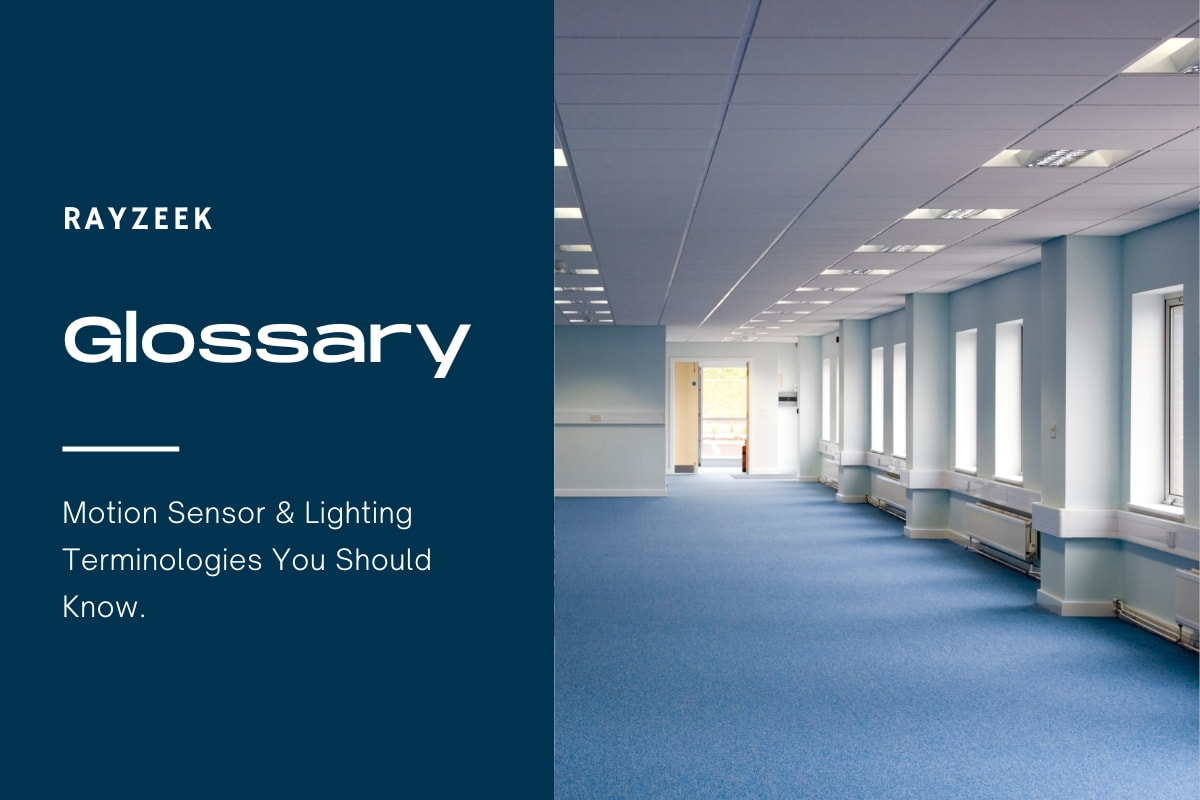What is International Electrotechnical Commission (IEC)
The International Electrotechnical Commission (IEC) is a global organization founded in 1906 that focuses on the development and publication of international standards for electrical, electronic, and related technologies. With over 170 member countries and a network of 20,000 experts, the IEC plays a crucial role in ensuring the safety, efficiency, reliability, and interoperability of electrical and electronic devices and systems worldwide.
The primary mission of the IEC is to promote the use of its international standards and conformity assessment systems on a global scale. These standards cover a wide range of areas within the field of electrotechnology, including the lighting industry. By establishing guidelines and regulations, the IEC helps manufacturers, designers, and users of lighting products and systems to meet the necessary requirements and ensure compatibility and safety.
Get Inspired by Rayzeek Motion Sensor Portfolios.
Doesn't find what you want? Don't worry. There are always alternate ways to solve your problems. Maybe one of our portfolios can help.
In addition to its standardization efforts, the IEC also collaborates with other international organizations, such as the International Organization for Standardization (ISO) and the International Commission on Illumination (CIE), to avoid duplication of effort and enhance cooperation in the field of electrotechnology.
Looking For Motion-Activated Energy-Saving Solutions?
Contact us for complete PIR motion sensors, motion-activated energy-saving products, motion sensor switches, and Occupancy/Vacancy commercial solutions.
Frequently Asked Questions
Does OSHA Recognize ANSI Standards
ANSI standards can be adopted by OSHA and become legally binding in two main ways. One way is when OSHA explicitly references specific ANSI (or any other organization’s) standards in their regulations. This is known as “incorporation by reference”.
What Is a Good Electrical Efficiency
Effective Electric Efficiency
The range of typical effective electric efficiencies for combustion turbine-based CHP systems is between 50 and 70 percent. For reciprocating engine-based CHP systems, the range is between 70 and 85 percent.
What Is the IEC Standard for Illumination
IEC Technical Committee 34, also known as the Lighting Committee, is responsible for developing standards related to safety, performance, and compatibility specifications for various aspects of illumination. This includes electric lamps and light sources, caps and holders, control gear for electric lamps, luminaires, and lighting systems.
What Is the Purpose of the IEC Standards
IEC International Standards serve a crucial role in quality and risk management. They enable researchers to comprehend the significance of innovation and empower manufacturers to create products that consistently meet high standards of quality and performance.
What Is the IEC Standard for Electronics
The IEC standards refer to a set of guidelines developed and published by the International Electrotechnical Commission (IEC). These standards are created through a global consensus and encompass various aspects such as electrical safety, labeling, performance, test methods, and other guidelines for electrical and electronic products.
What Is the Difference Between IEEE and IEC
Geographic scope sets IEEE (Institute of Electrical and Electronics Engineers) apart from IEC (International Electrotechnical Commission). While IEEE is headquartered in the United States and primarily caters to the North American market, IEC is based in Switzerland and has a worldwide focus.









